
How to Properly Maintain Your 4x4 Recovery Equipment | Mean Mother 4x4

When you’re out on the trails, you never know what kind of situations you might find yourself in, so it’s essential to make sure that all of your gear is in top condition and ready for action. In this blog post, I’m going to walk you through what to check for on your 4x4 recovery equipment to make sure you’re prepared for anything that comes your way.
Performing regular maintenance on your 4x4 recovery gear is just as important as the vehicle itself. All vehicle manufacturers recommend servicing is carried out at certain intervals. this is to prolong the life and prevent unnecessary wear on vehicle components. the same goes for your recovery gear, depending on the frequency and type of off-road adventuring you do will depend on how often you should perform checks on your recovery equipment.
1. Recovery Straps

How often do you check your snatch strap for damage:
Before every adventure and after use.
What to check for:
Your recovery straps are the lifeline that’s going to get you out of a sticky situation, so it’s vital to check them thoroughly before every trip. Make sure there are no tears or frays in the strap, and that the stitching is still strong and secure. After use ensure you clean in a bucket of soapy water and allow to dry before putting away.
2. Shackles

how often do you check your Shackles for damage:
Before every adventure and after use.
What to check for:
Shackles are used to connect your recovery straps to your vehicle, so it’s crucial to make sure they’re in good condition. For steel check the pin and thread, and make sure there are no cracks or damage to the shackle body or rust. And with Soft shackles make sure there are no tears or frays, and that the knot is still strong and secure. After use ensure you clean in soapy water and allow to dry before putting away.
3. Winch and Winch Rope

how often do you check your winch and rope for damage:
Minimum every three months and after each use, and if gone through deep water or mud.
What to check for:
Your winch is one of the most important pieces of recovery equipment, so it’s essential to make sure it’s in good working condition. Check the winch cable or rope for any signs of wear and tear, including fraying, kinks, or broken wires, and is free from any dirt or debris that could cause it to bind up. Make sure the winch is free spooling correctly and drive operation functions properly, both in and out. Clean the rope using a bucket of soapy water and ensure it is dry before winding back on your winch.
4. High Lift Jack

how often do you check your High Lift Jack for damage:
Before every adventure.
What to check for
A high lift jack can be a lifesaver when you’re stuck in mud or sand. Before your trip, make sure your high lift jack is in good working condition, and that the jack points on your vehicle are strong enough to support it. check for rust and lightly lubricate moving parts and shaft.
5. Air Compressor and Air Lines

how often do you check your air lines for damage:
Before every adventure.
What to check for:
When heading off-road airing down your tires is a must, make sure you have a reliable air compressor and air lines to inflate your tires back up when you’re finished. Check the air compressor for any signs of damage, and make sure the air lines are free from any leaks or cracks.
6. Recovery Boards

how often do you check your recovery boards for damage:
Before every adventure and after use.
What to check for:
Recovery boards are a great tool to have in your recovery kit, especially if you’re driving on soft sand or mud. Check your Recovery boards for any cracks or damage before every trip, and make sure they’re easily accessible in case you need them.
7. Tool Kit
how often do you check your toolkit:
Before every adventure and after use.
What to check for
Lastly, make sure you have a comprehensive tool kit with all the necessary tools to make any repairs or adjustments on your vehicle while on the trails. Your tool kit should include things like tyre repair kit, pliers, wrenches, screwdrivers, and spare bolts and nuts. and other vehicle specific items required for your 4x4
Conclusion:
Pre-trip checks on your 4x4 recovery equipment are essential for safe and successful off-road adventures. By following these tips and checking your recovery gear regularly, you’ll be well-prepared for any situation you may encounter on the trails. Stay safe out there, If you notice any issues with your gear, it’s best to repair or replace it before heading out on the trails.
Featured collection
-
Tyre Deflators
Mean Mother 4x4Original price $79.99 - Original price $79.99Original price $79.99$79.99$79.99 - $79.99Current price $79.99In stockMean Mother 4WD Tyre Deflators are accurate to 1 PSI The Mean Mother Tyre Deflator is a must have product for reducing multiple tyres pressures fas...
View full detailsOriginal price $79.99 - Original price $79.99Original price $79.99$79.99$79.99 - $79.99Current price $79.99 -
12V Air Compressor 180lpm & Digital Tyre Deflator & Tyre Repair KIt
Mean Mother 4x4Original price $443.00Original price $443.00 - Original price $443.00Original price $443.00Current price $419.00$419.00 - $419.00Current price $419.00In stockWE'VE put together this convenient and cost saving Bundle of the Mean Mother Adventurer 4 180LPM 12V Air Compressor, Digital Tyre Deflator & Ga...
View full detailsOriginal price $443.00Original price $443.00 - Original price $443.00Original price $443.00Current price $419.00$419.00 - $419.00Current price $419.00Save 5% -
12V Control Box
Mean Mother 4x4Original price $199.00 - Original price $199.00Original price $199.00$199.00$199.00 - $199.00Current price $199.00In stockThe Best 12V Control Box on the Market. An Excellent Solution for any 12V Fitout. Ideal for Canopies, Boats, Caravans and other 12V Systems. These ...
View full detailsOriginal price $199.00 - Original price $199.00Original price $199.00$199.00$199.00 - $199.00Current price $199.00 -
ATV Winch with Synthetic Rope 3500lb
Mean Mother 4x4Original price $549.00Original price $549.00 - Original price $549.00Original price $549.00Current price $479.00$479.00 - $479.00Current price $479.00In stockMean Mother ATV 3500lb winches have been designed to be compact and light weight and are ideal for most ATV/UTV vehicles. The 2500lb and 3500lb mod...
View full detailsOriginal price $549.00Original price $549.00 - Original price $549.00Original price $549.00Current price $479.00$479.00 - $479.00Current price $479.00Save 13% -
Tyre Repair Kit | Heavy Duty 28 Pce
Mean Mother 4x4Original price $49.99Original price $49.99 - Original price $49.99Original price $49.99Current price $44.99$44.99 - $44.99Current price $44.99Out of stockNever get stuck with a flat again! The Mean Mother Heavy Duty 28 Piece Tyre Repair Kit has everything you need to tackle an emergency repair on a t...
View full detailsOriginal price $49.99Original price $49.99 - Original price $49.99Original price $49.99Current price $44.99$44.99 - $44.99Current price $44.99Temporarily Unavailable

 CALL US
CALL US 



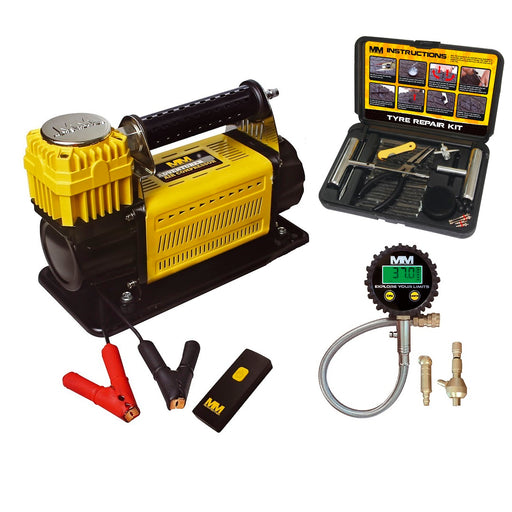
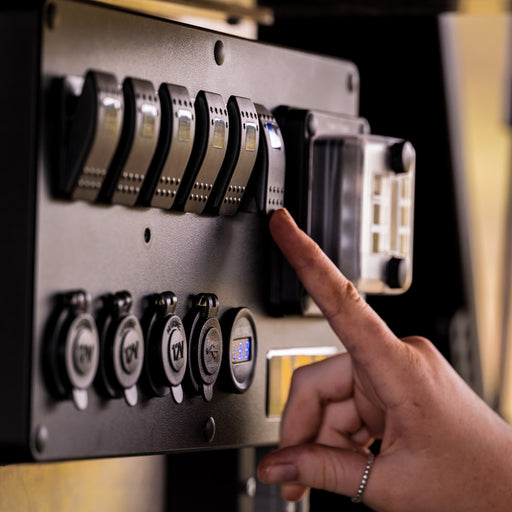
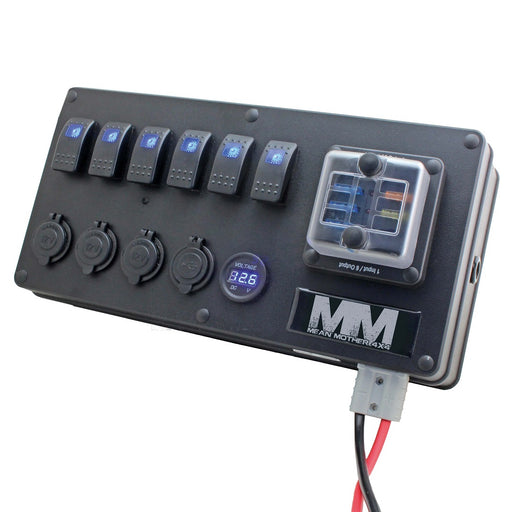

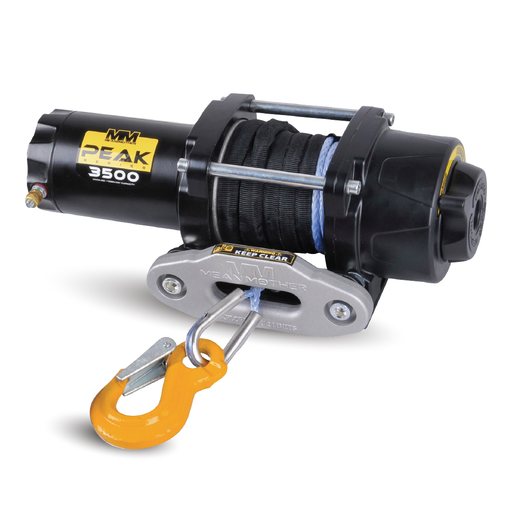
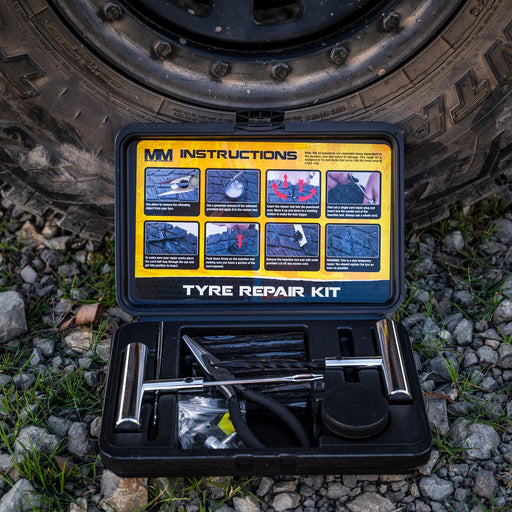
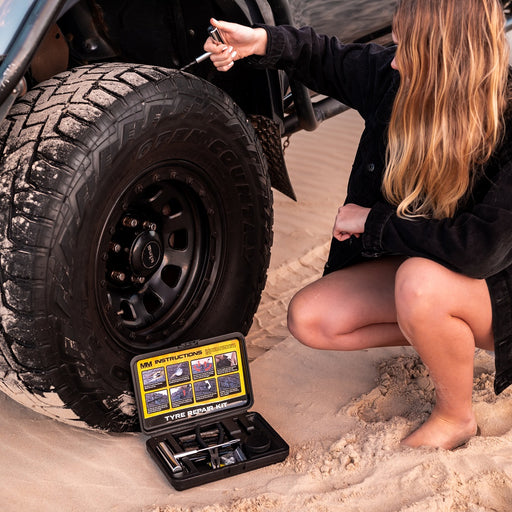
Leave a comment